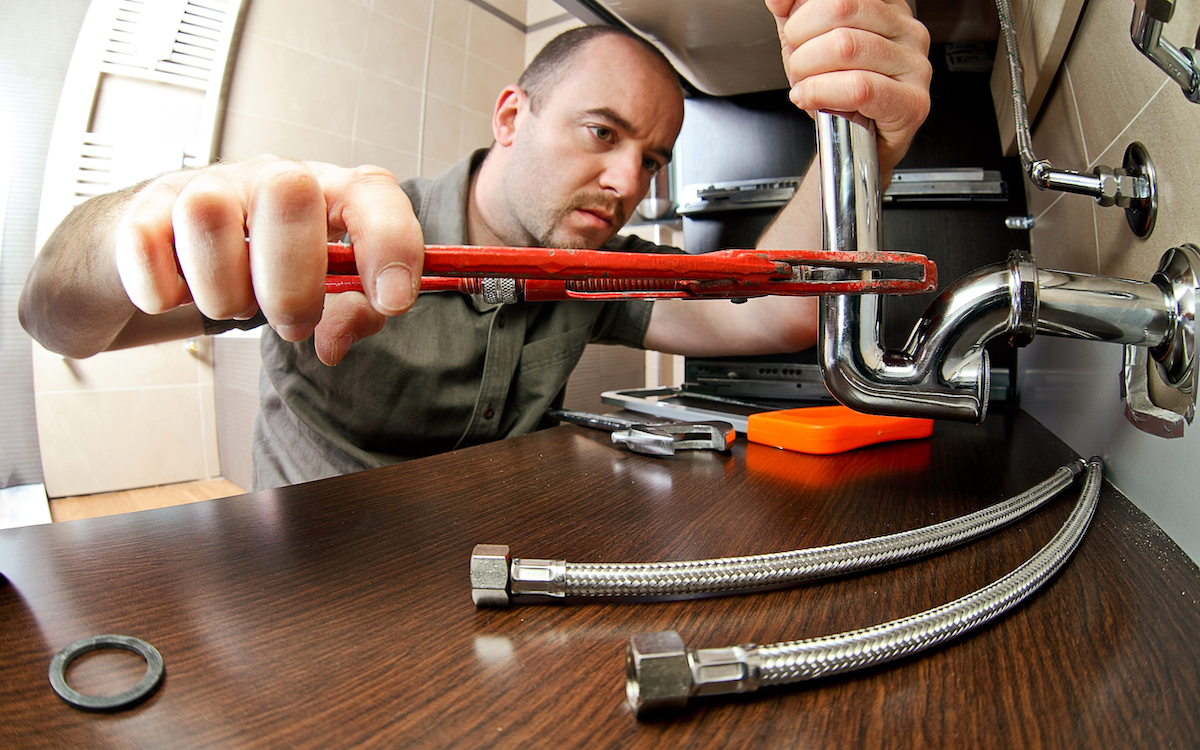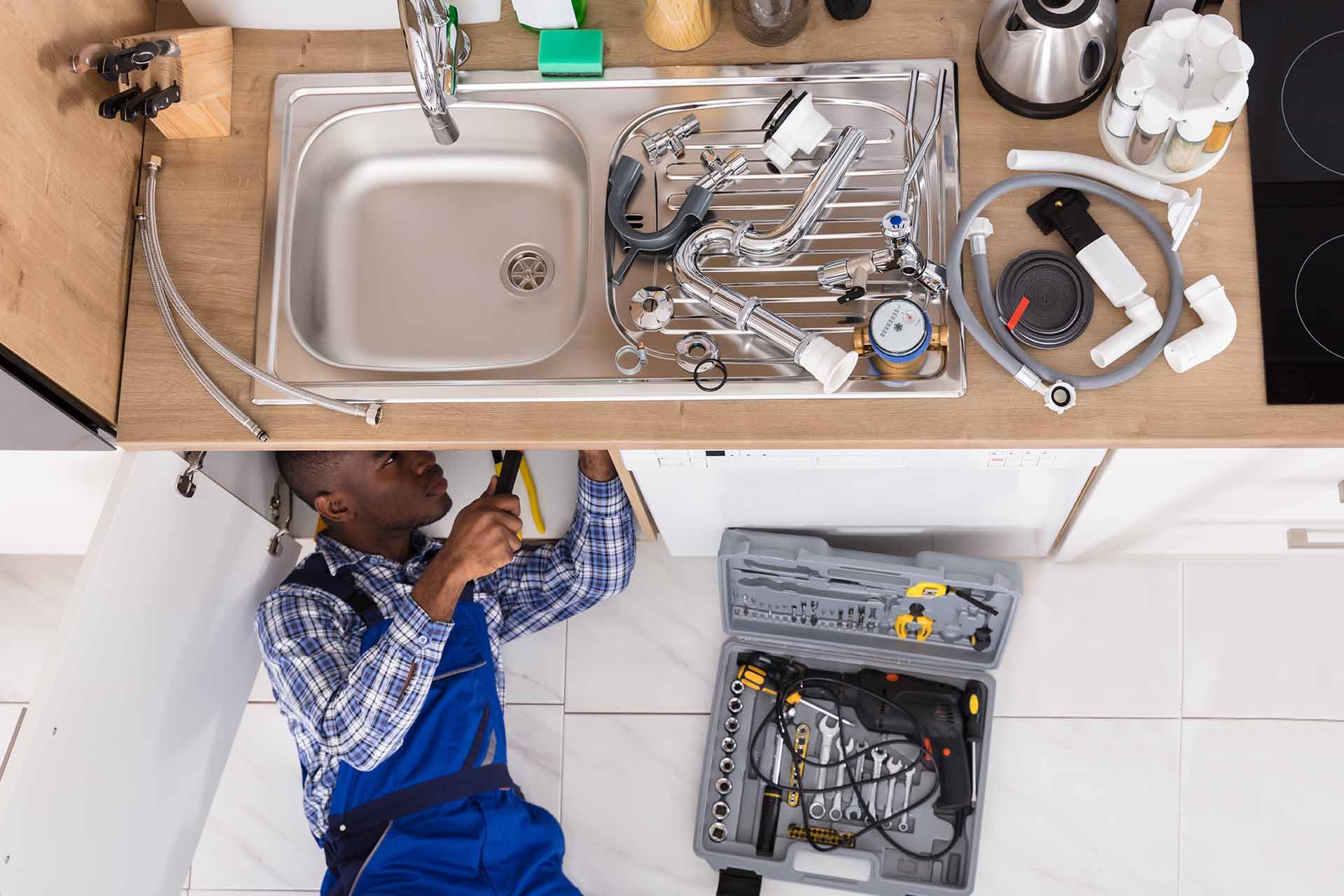Important Plumbing Alabaster AL Tips for Homeowners
A Step-by-Step Guide to Efficient Hot Water Heater Installment for Ideal Efficiency
Beginning on the task of mounting a water heater is a venture that requires accuracy and an organized strategy for attaining optimal performance. As you continue, the intricacies of linking water supply lines and setting up trusted electric or gas links await, appealing insights into making certain effectiveness and dependability.
Selecting the Right Water Heating System

Next, take into consideration the size and ability of the water heating unit. It's crucial to examine your household's warm water requirements, which can differ based on the variety of passengers and their use patterns. A system that's also small might result in insufficient warm water, while a large version might cause unnecessary power intake.
Performance scores additionally play a pivotal role in selection. Look for hot water heater with high Energy Element (EF) ratings, indicating exceptional performance and decreased energy usage. Tankless models, though generally much more expensive upfront, deal significant power cost savings in time because of their on-demand heating capabilities.
Preparing the Installment Location
Prior to setting up a new water heating system, thorough prep work of the setup area is necessary. This makes sure a smooth installation procedure and aids stop future problems (Plumbing Alabaster AL). Begin by selecting an ideal place that adheres to regional building ordinance and safety and security requirements. The area needs to be dry, well-ventilated, and accessible for upkeep. It's important to measure the area very carefully to fit the hot water heater's measurements, guaranteeing sufficient clearance around the system for efficient procedure and servicing.
Inspect the floor for security, as the water heater will need a solid, degree surface area to run properly. If essential, mount a drip frying pan underneath the device to capture prospective leaks or spills, avoiding water damage to the surrounding area.
Additionally, ensure that all necessary devices and products are on hand before beginning the installation. This consists of things such as wrenches, screwdrivers, a degree, and any type of additional equipment needed for installing and securing the heater. A well-prepared installment location sets the structure for an effective water heating unit setup, maximizing efficiency and safety.
Connecting Water Supply Lines
When attaching water system lines to your newly mounted water heating system, it is essential to make certain that all connections are secure and leak-free to maintain reliable procedure and prevent water damages. Begin by recognizing the cold and warm water system lines. The cold water inlet is commonly marked with a blue tag or a "C", while the hot water electrical outlet is marked with a red tag or an "H".
Usage flexible water heating unit connectors to promote a simpler installment process. These connectors can absorb resonance and enable mild motion, reducing the danger of leakages. Before connecting the adapters, place a plumbing's tape around the threaded ends of the water heating system's inlet and outlet pipes - Plumbing Services Alabaster AL. This tape functions as a sealer, avoiding leakages. Meticulously connect the versatile tubes to the respective inlet and outlet, making sure that they are limited yet not over-tightened, which could damage the threads.
When links remain in area, gradually switch on the major water supply valve. Examine each connection for leaks by visually inspecting and feeling for moisture. Tighten connections as necessary, and ensure the pressure alleviation valve is properly additional resources set up, protecting against excessive pressure accumulation.
Establishing Electric or Gas Links
Appropriately setting up the electric or gas connections for your water heater is a crucial action to make sure efficient and secure operation. For electrical water heating units, start by confirming that the electric circuit is compatible with the heating system's voltage and amperage requirements.
For gas water heating units, safety and security is critical. Link the gas line to the water heating system utilizing an adaptable gas connector, ensuring it is appropriately threaded and secured with pipe joint compound or Teflon tape appropriate for gas links.
Once connections are made, check for any prospective leaks. For gas lines, use a soapy water remedy to the joints; bubbles indicate a leak. For electrical links, ascertain that all wiring is secure and effectively shielded, maintaining compliance with local electric codes.
Adjusting and testing for Effectiveness
With the electrical and gas links safely in location, the following action is assessing the operational efficiency of your hot water heater. Begin by very carefully switching on the water system and guaranteeing there are no leakages at any of the joints or shutoffs. As soon as validated, proceed to load the storage click here for more info tank, paying interest to the pressure and temperature settings. It is suggested to establish the thermostat to a recommended temperature of around 120 ° F(49 ° C) to stabilize power effectiveness and comfort.
Next, perform a comprehensive inspection to ensure the home heating aspects or burner are functioning appropriately. For electrical heating units, utilize a multimeter to validate if the aspects are drawing the ideal existing. In gas versions, observe the burner fire; it ought to be blue and stable, indicating efficient combustion.
Readjust the setups as needed to remove ineffectiveness. Take into consideration implementing insulation steps, such as including a hot water heater blanket, to even more boost performance by minimizing warm loss. Additionally, inspect the anode pole's condition, as a tatty rod can lower effectiveness and bring about storage tank deterioration.
Conclusion
Effective water heater setup is crucial for making sure optimum performance and energy financial savings. By selecting the suitable kind and find out this here dimension, and carefully preparing the setup location, a foundation for success is established. Safely attaching water supply lines and thoroughly establishing electric or gas links lessen potential issues. Complete screening for leakages and precise thermostat modifications to 120 ° F improve integrity and efficiency. Abiding by these actions advertises long-term performance and energy conservation in property water heating unit.

Effectively establishing up the electric or gas links for your water heating unit is a vital action to make certain risk-free and effective operation. For electric water heating systems, start by confirming that the electric circuit is compatible with the heater's voltage and amperage demands. Attach the gas line to the water heating system utilizing a versatile gas adapter, ensuring it is appropriately threaded and sealed with pipeline joint compound or Teflon tape suitable for gas links.